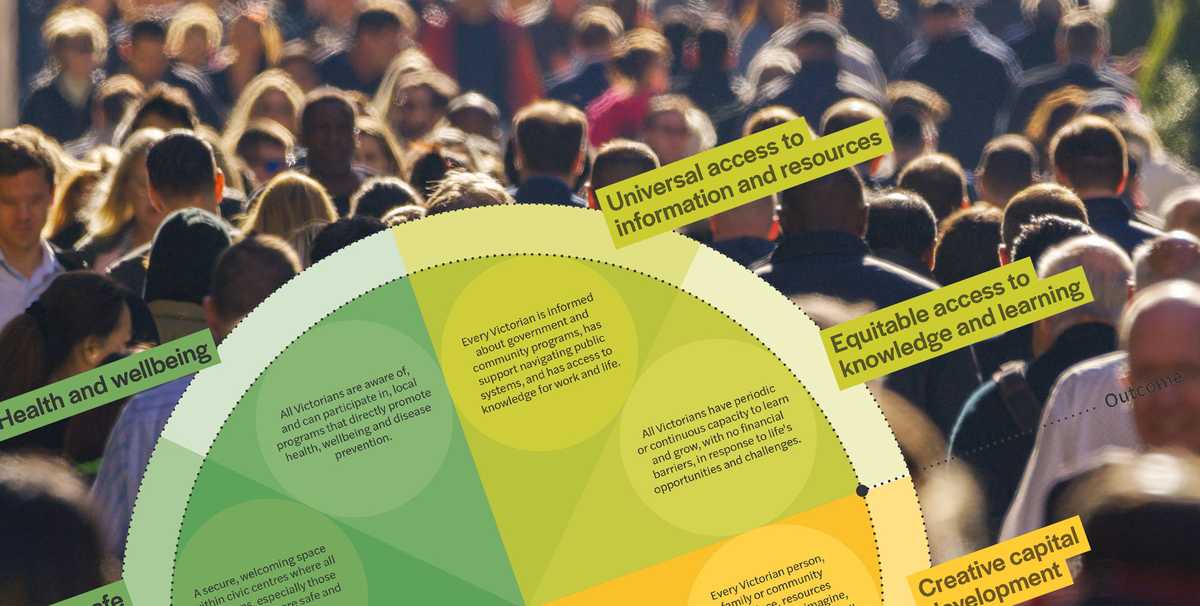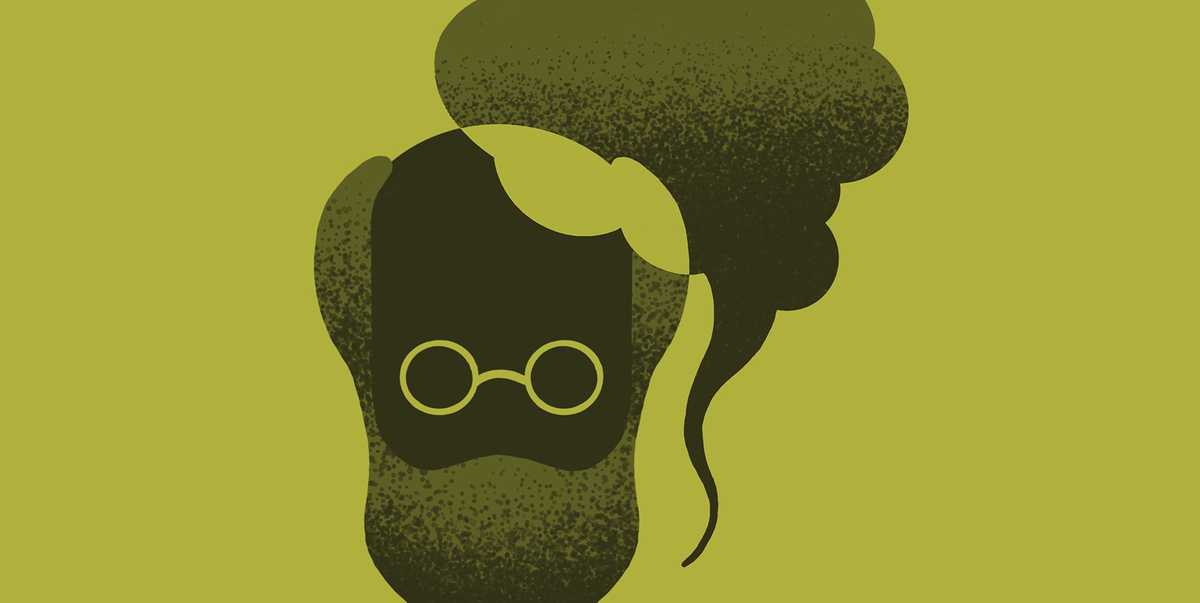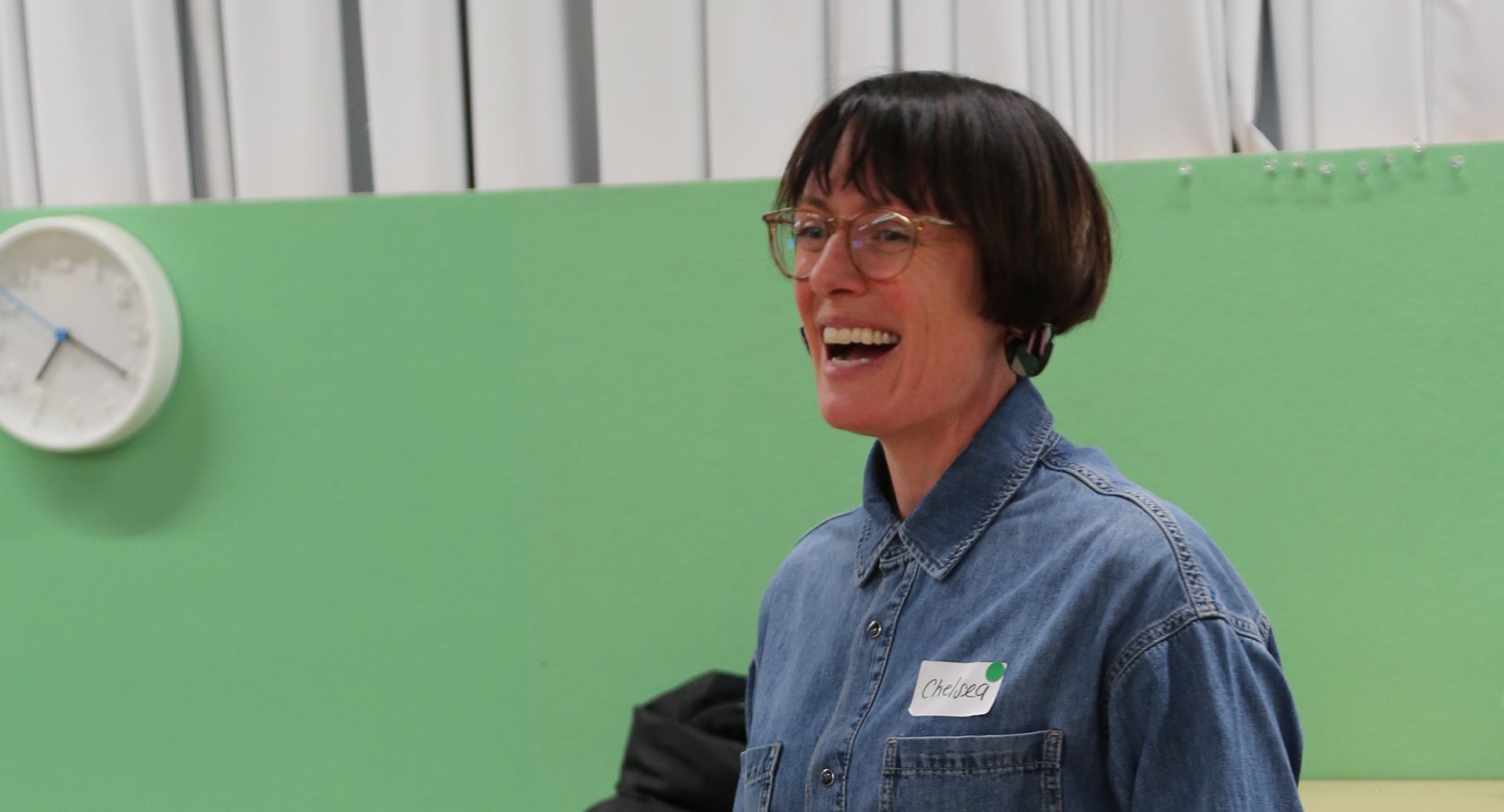
What is a school community? That was a fundamental question facing Deutsche Schule Melbourne (DSM) as it emerged from COVID-19 pandemic restrictions. Also, an important and raw question for parents who, isolated, had done their best to home-school a child, without the experience of teachers, and the without the daily, school pick-up support network of other parents.
DSM is an accredited ‘German School Abroad’ which opened in 2008. The school provides bilingual education for primary school children up to Year 6 and is in the inner Melbourne suburb of Fitzroy North in Victoria, Australia. Watch this video about the school.
The school’s founders had built DSM from scratch. An incredible achievement with many challenges and learnings along the way. After a decade of operation, it was time to take stock and understand what had been created and where the focus needed to be next.
DSM saw an opportunity: design a school community with the school community.
A paradigm shift
If you have kids over the age of five, it is likely you have had attended the annual school principal’s presentation during which parents can ask questions and the school leaders respond.
You’ll know that some parents arrive with an axe to grind and the forum is dominated by a few loud voices venting criticisms. Not much is learned. And many parents don’t attend next year, so their voices are not heard and don’t inform the school’s direction and planning.
There is a better way. A co-design approach to defining and building a school community is a paradigm shift from the status quo because of diverse participation, a comprehensive range of themes and a focus on problem solving, together. The direction and priorities are clear, and everyone is on the school bus as it drives into the future.
Schools are complex microcosms of society with many actors seeking to influence the group toward a range of outcomes at any time. Schools also face a broad range of risks which are not always visible to parents. When there is transparency and a welcoming, safe place to share and learn, relationships are positively recast.
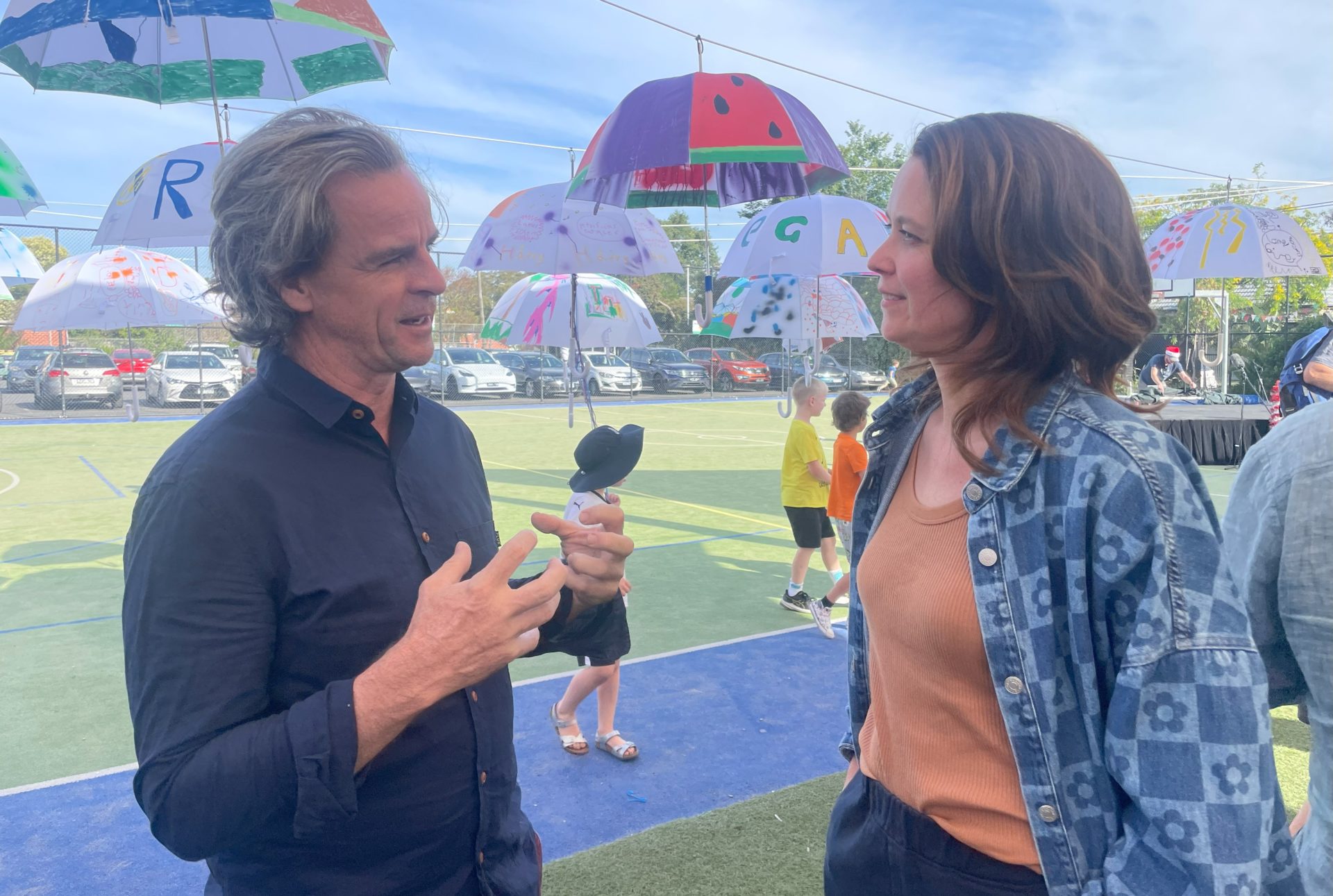
“I came into the process knowing that no school is perfect, and conversations about school culture can be emotional and complex. But having a space to openly discuss and work on these challenges as a community felt incredibly empowering. I loved having a voice in this process and work together to find positive, collaborative ways to address shared concerns amongst parents, teachers, school staff and students. The energy in the room really showed how much we all care about the school’s future.”
“I was blown away to see 30 people—out of a community of about 150 families! —come together for this. It showed there’s a real appetite for engagement and a need for this kind of dialogue. The moment that really stood out to me was when we crafted and read the school’s ‘headlines of the future.’ It gave me (and everyone else!) a sense of clarity for what we were hoping to achieve together.”
– Eva Kane, Parent
Framing
The goal of the DSM project was to understand and foster what makes a great community, in order that students and the school that educates them, could thrive. For a design goal, we settled on:
To explore and define the relationship between parents, teachers, school administrators and students, establishing a system of engagement that supports information flow, relationship development, decision-making and shared reward.
After reviewing school survey data and board perspectives, we defined the grounds for co-design as:
- The school is maturing, with increasing complexity.
- The pandemic has made it harder to connect, but also more important, and we learned things.
- The school doesn’t get everything right, and help is welcome.
- No school community member has all the answers, we have to work it out together.
- Everyone is an individual, yet we also share many needs and desired experiences.
Our initial guiding questions were:
- What does the ideal school community look and feel like?
- What do parents need and want from their different school relationships?
- What do the different school functions and groups need and want from parents, and when?
- What system, activities and tools could guide the realisation of needs?
- How does the relationship between parents and the school influence student growth and education?
Co-design
Over six months a process of school community co-design was facilitated.
We chose co-design as an underlying approach for the project, so that the school community designed its own outcomes with guidance from Ellis Jones facilitators.
Co-design is the practice of designing with, not for people with lived experience. It is an empathetic, human centred design practice focused on making decisions and designing with people, and understanding and prioritising what matters to them.
Lived experience perspectives are central to co-design. In this case we wanted to understand the experiences of students, parents/guardians, teachers, and school administrators (inc. the Board and management). These became our four participant groups.
The project was design with 5 consecutive stages, through which knowledge was first built and then applied in prototyping.
- Who are we designing for and with? What are their needs and preferences within the school context?
- What is the shared vision? What are the dimensions of the vision? What needs are shared?
- What are the problems to solve? What are the challenges and opportunities do we address to achieve the vision?
- How will change happen? What actions do we need to take, over what period of time?
- How will we know if we are successful? What are the outcomes and impacts we expect? Who is responsible?
What is a school community?
A premise of this project is that schools are micro societies within broader society. School community groups interrelate with one another within dynamic systems and cultures. DSM, in particular, plays a very important community role that is beyond that of most schools as many parents are new to Australia and are keen to connect to their culture, while getting support to settle in a new land.
We asked, what are the key domains of activity that function together to support a successful and sustainable school community?
A search led to the discovery of the UNESCO Culture for Development Framework, which could be adapted effectively for a school community, across 7 dimensions.
- Education
- Social participation
- Culture and heritage
- Equity, accessibility
- Communication
- Financial sustainability
- Governance
As an initiating task, we posed the question to co-design participants: “What are the most memorable and meaningful experiences you have with the school?”
Plotted on a map, we determined that it is the non-educational aspects of school life that are valuable to a cohesive school community.
Thematic mapping produced a foundational insight:
Although education is the premise for a school, it can’t be successful without social cohesion, equity, access, social participation, culture and heritage. We value schools for much more than education.
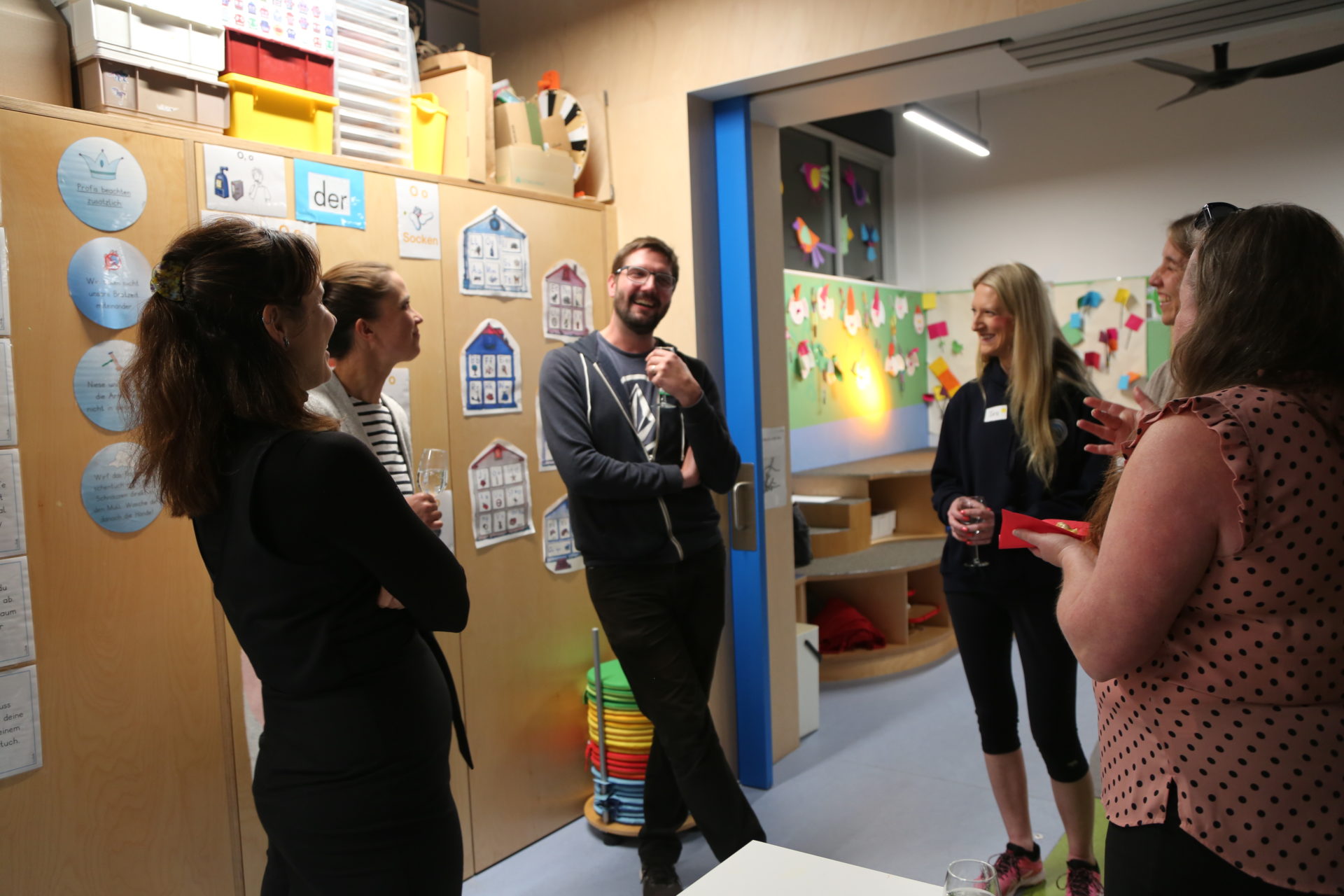
Relationship mapping: ‘who we are’
The magic of schools happens between people. It is the interaction of teachers, students, parents and school administrators that produces rewarding experiences, and capable children.
So, following empathy mapping (lots of fun as people heard from others about what their actual daily life consists of!) we developed personas for each of our four school participant groups and then mapped the relationship dynamics between the different groups.
This last exercise was critical because it asked: What are the shared needs? What is working well? Where are the gaps we need to work on?
This enabled us to affinity map outcomes into common themes which could then inform:
- Vision setting: what it looks and feels like when everything is going well
- Problem statements: the (prioritised) issues the school needs to address now and in the near future.
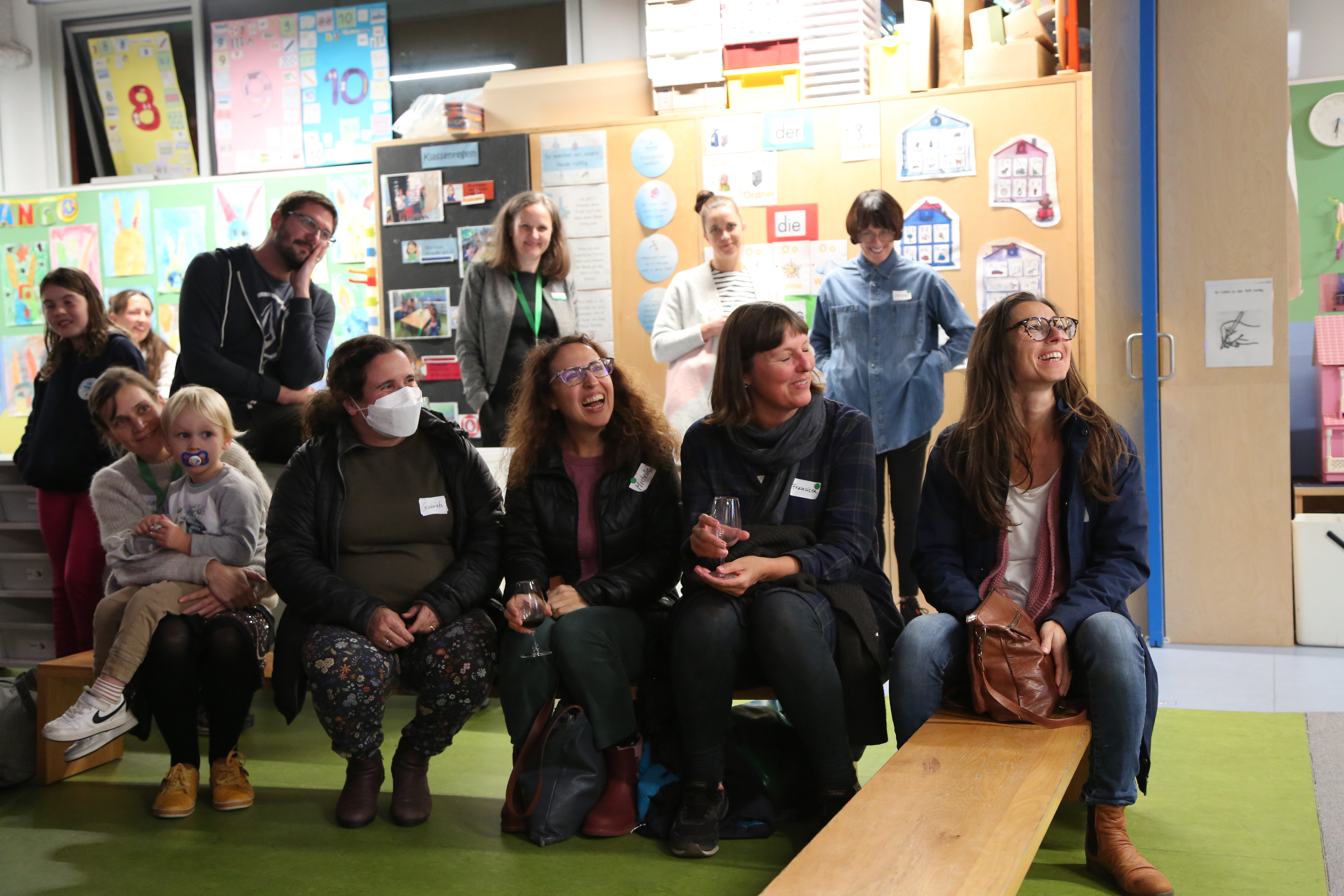
Ideation and prototyping
This is when everything comes together through a creative process.
Problem statements were re-cast as ‘how might we’ statements which then enabled project streams to be defined. Projects represented the needs of all groups. They were universally endorsed:
- Building useful and dynamic information resources
- Communicating and activating the school vision and direction through collaborative forums.
- Parent-school engagement, including designing the ‘next generation’ parent representative model
- Parent-teacher exchange to improve collaboration and communication between teachers, parents and students
- Parent peer exchange, building a guided platform for connecting parents with on another for support with school and life
- Community engagement and events, designing and planning school community events
- Student-led activities, bringing the student voice into the design of out-of-classroom activities
A co-design participant self-nominated to lead each project and was matched with two teammates.
The projects were defined in information packs that also included a suggested process, reference materials and timelines.
Ideation produced some fantastic ideas, among them:
- Parent peer networks via a digital directory With information on skills and experience people are willing to share (anyone know an architect?!).
- Creating a DSM virtual community applying the best of what we learned from lockdowns.
- Parent-to-parent buddy system for new families, particularly those arriving from overseas.
- Student development education for parents (help parents, help teachers, help students – ‘we don’t know what we don’t know’).
- Breakfast Club for students to meet and connect across year levels (and get a good feed, because food is culture).
And many more…
Vision setting
Ultimately the exercise needed to set a vision – a destination that the different streams of activity would achieve; and a picture of the future all school community members could understand and get behind.
Every participant in the community wants to know where the school is headed, and their place in that journey. And they want some accountability for the achievement of that vision: a reference to benchmark progress against.
A vision of a thriving school community in 2027 was created from the perspectives of students, teachers, school administrators (inc. the Board) and parents/guardians.
And there were some awards, groundbreaking milestones and punch the air moments shared in workshopping as well!
DSM Vision
“In 2027 people from across the school community participate in a diverse range of education programs, school development activities and cultural events. The direction the school is taking is clearly communicated, as are financial sustainability and governance. Equity, access, social cohesion, culture and heritage, and social participation are cornerstones of the community. Everyone contributes, intentionally, to their achievement. Bilingualism is a hallmark; so too is the global perspective of the school and its active connections to international schools around the world. Parents, teachers, students and school administration staff all grow through their experience at the school.”
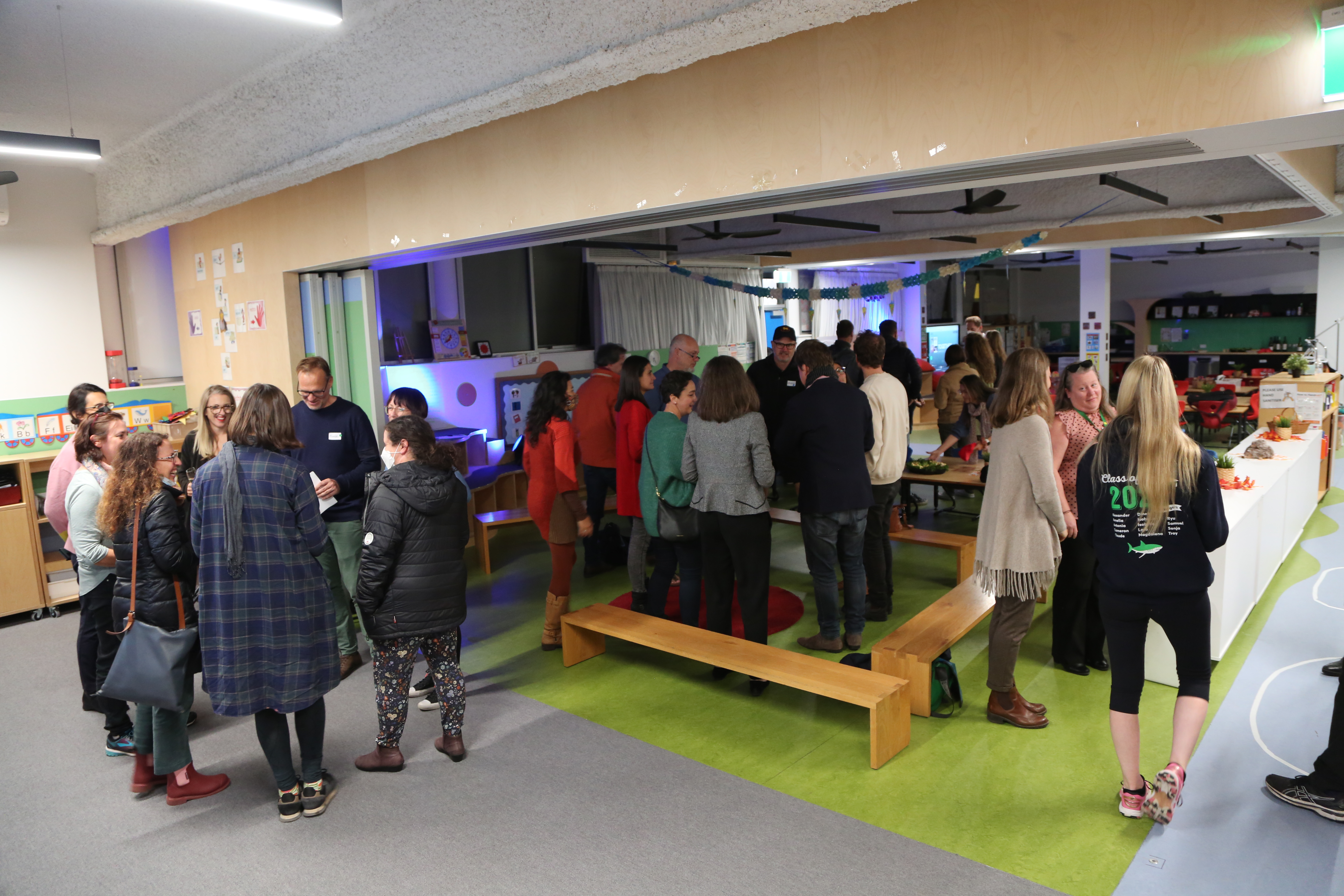
Get started
We are all students and many people are parents. We all agree that a great experience at school sets you up for a great life. What the school community co-design program does – with surprises, deep understanding and unexpected camaraderie – is show is that schools are much more than education. They represent the best of peer support and often give us friends for life.
So, get started. Gather your community behind a positive vision of the future. Work together. Live together.
